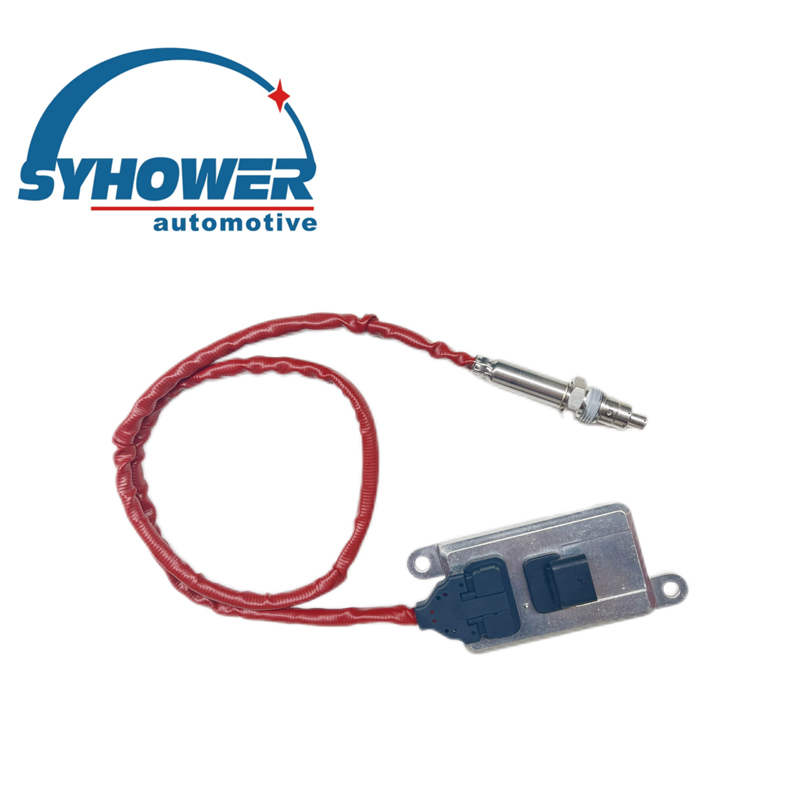- English
- Español
- Português
- русский
- Français
- 日本語
- Deutsch
- tiếng Việt
- Italiano
- Nederlands
- ภาษาไทย
- Polski
- 한국어
- Svenska
- magyar
- Malay
- বাংলা ভাষার
- Dansk
- Suomi
- हिन्दी
- Pilipino
- Türkçe
- Gaeilge
- العربية
- Indonesia
- Norsk
- تمل
- český
- ελληνικά
- український
- Javanese
- فارسی
- தமிழ்
- తెలుగు
- नेपाली
- Burmese
- български
- ລາວ
- Latine
- Қазақша
- Euskal
- Azərbaycan
- Slovenský jazyk
- Македонски
- Lietuvos
- Eesti Keel
- Română
- Slovenski
- मराठी
- Srpski језик
What Functions does Nitrogen Oxygen Sensor have over Ordinary Oxygen Sensors?
2025-04-29
The functional expansion of Nitrogen Oxygen Sensor is reflected in the integrated design of its dual-parameter detection capability and selective catalytic mechanism. As the core component of the emission control system, the device realizes the simultaneous identification of nitrogen oxides and oxygen through the potential gradient analysis of the composite sensitive electrode and the reference electrode. Ordinary oxygen sensors only rely on the oxygen ion migration characteristics of the zirconium oxide matrix to monitor the air-fuel ratio, while Nitrogen Oxygen Sensor embeds a porous catalytic membrane in the solid electrolyte layer and uses the adsorption difference of gas molecules on specific crystal planes to achieve component separation.

The gradient pseudomorphic structure in the material system enhances the electronic transition response to nitrogen oxides through energy band regulation, and the platinum-doped interface of the yttrium-stabilized zirconium oxide matrix forms a preferential chemical adsorption site for nitrogen monoxide. The pore size distribution of porous diffusion in Nitrogen Oxygen Sensor optimizes the interference of hydrocarbons, and the precious metal catalyst layer accelerates the electrochemical reduction reaction of nitrogen oxides. The signal processing unit eliminates the cross-sensitivity effect through a dynamic compensation algorithm and outputs independent oxygen concentration and nitrogen oxide concentration dual-channel data.
The temperature field homogenization design of the thermal management system ensures the stability of the ion conductivity of the Nitrogen Oxygen Sensor in a wide range of operating conditions, preventing the attenuation of catalytic activity caused by local overheating. The realization of this dual detection capability relies on the coordinated optimization of material interface engineering and reaction kinetics, enabling the control unit to simultaneously correct the combustion efficiency and adjust the working state of the exhaust after-treatment system, while traditional oxygen sensors only provide a single-dimensional air-fuel ratio feedback.


